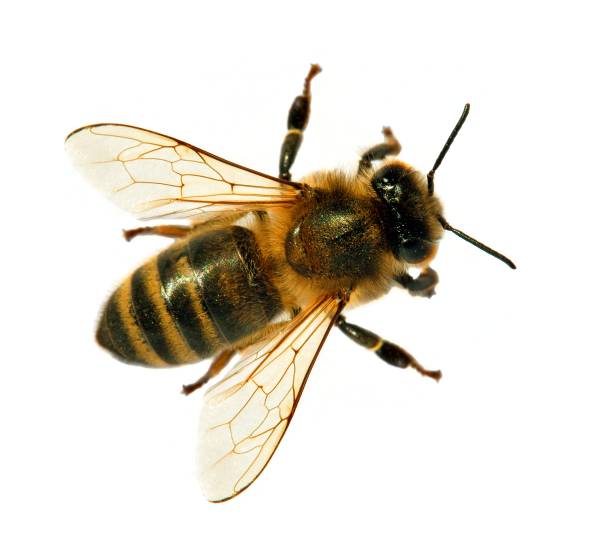An estimated 600 to 1000 fish died as a result of a lethal spray being tipped into a Canterbury waterway, including common bullies, native kōkopu, brown trout, and koura or freshwater crayfish says an article in “The Press”.
A year ago a truck driver from the company overfilled a truck with water from a water race for stock, causing agrichemical-contaminated water laced with Pyrinex – a toxic insecticide – to flow back into the race. The Ashburton contractor was fined $120,000 for the contamination.
Pyrinex is used by farmers to control insect pests on pastures and crops and acts on the nervous system, killing insects by contact and vapour action and as a stomach poison following ingestion. Toxic to bees, the chemical is also used to control certain pests in horticulture.

Pyrinex is toxic to bees

If most farmers are using Pyrinex, the problem is nation wide?
Bees are a major fulcrum for the ecosystem. Surely government is aware of this? Does the Department of Conservation do anything about this? Perhaps Fish and Game should be advocating on these issues? It’s the bigger picture of the ecosystem, which trout and rivers are part of, besides there’s game birds and ducks too.
Local government-does it care? Ministry for the Environment?
Our species appears caught between a rock .. and a hard place.
Globally, there are too many of us .. we are an over-populated species .. by far. This is after a population explosion in the past hundred years or so (we clicked over 2 billion less than 100 years ago .. now, there’s almost 8 billion of us .. heading towards almost 11 billion by the end of this century).
As a result, we are a parasite on the rest of the species on Earth, and on its resources.
Studies suggest we’ve caused a 75% collapse in insect biomass, over the past few decades – key drivers being loss of habitat, and use of insecticides.
But how else are we to feed ourselves?